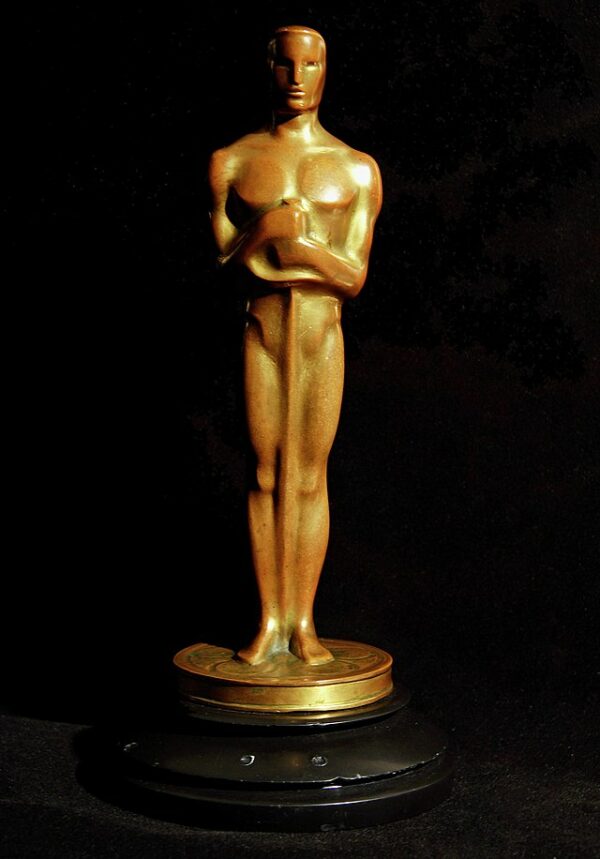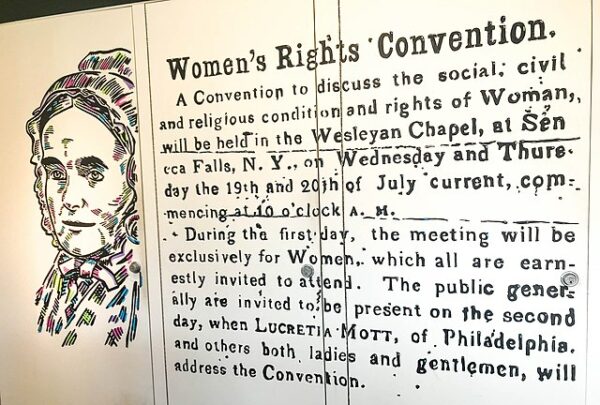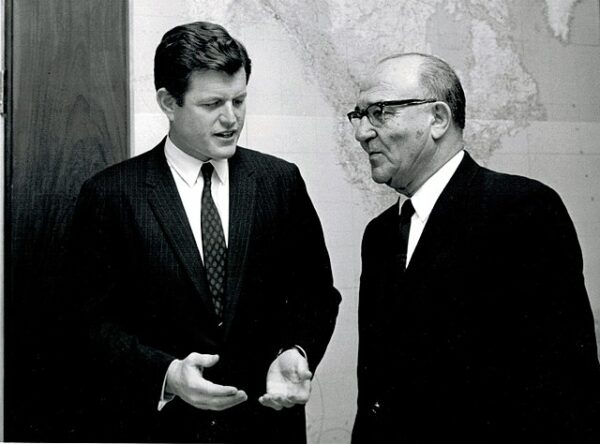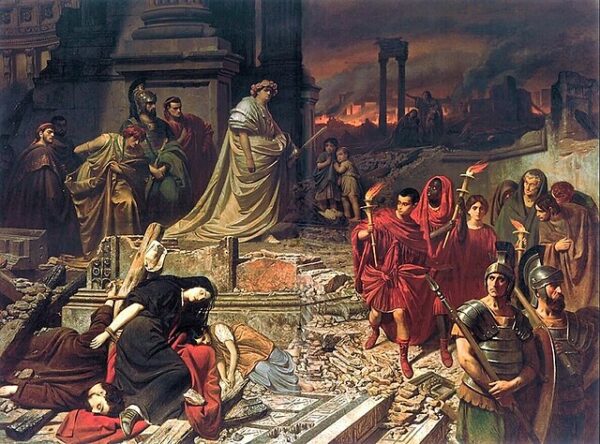On January 11, 1927, MGM’s Louis B. Mayer forever changed the way we celebrate movies by announcing the formation of the Academy of Motion Picture Arts & Sciences.
The original creation of the Academy had less to do with celebrating achievement on the big screen and more with the dollars and cents of moviemaking.
Screen Dollars explains, “What Mayer wanted was a way to mediate Hollywood labor disputes without having unions represent filmmakers and studio workers. He first bounced the idea of director Fred Niblo, who’d made the 1925 epic “BEN-HUR,” actor Conrad Nagel & Association of Motion Picture Producers executive Fred Beetson. Mayer’s plan included an annual members banquet, but awards weren’t on the table yet.
The Academy would have members from only 5 moviemaking branches — acting, directing, producing, writing & technology. Mayer invited 36 prominent Hollywoodites to a January 11 banquet at L.A.’s Ambassador Hotel, making them Academy founders. The group was incorporated May 4 and then elected Douglas Fairbanks, Sr. president & Fred Niblo first VP. There were 230 members and an honorary membership for movie pioneer Thomas Edison.
Events dashed Mayer’s hopes that the Academy would keep real Hollywood unions from taking hold. In the summer of 1927, Paramount led the studios in cutting salaries by 10% for all non-union labor. The Academy okayed it and moviemakers were livid. 500 actors, writers & directors met on July 6 to address the crisis at the Writers’ Club, an early screenwriters association. They were about to take action when the studios backed down. After other disputes, guilds emerged and evolved into the powerful force they are today.”
After losing trust from many in Hollywood, the Academy regained clout by announcing the inaugural Academy Awards ceremony in 1929. Held at the Hollywood Roosevelt Hotel, this modest event honored films released between 1927 and 1928. It marked the beginning of a tradition where the first-ever Oscar statuettes were presented. The term “Oscar” is believed to have originated from Margaret Herrick, the Academy’s librarian, who noted the statuette’s resemblance to her Uncle Oscar.
The very first Academy Awards was a relatively private affair, writes Smithsonian Magazine. “Less than 300 guests attended the tony industry event at the Hollywood Roosevelt Hotel’s Blossom Room on May 16, 1929. No suspense hung in the air that night as attendees dined on broiled chicken on toast, string beans and ice cream—the Los Angeles Times had already announced the winners a full three months ahead of time.
The ceremony was as removed as you could get from the modern Oscars. There was no red carpet (that only showed up in 1961) and no broadcast (radio coverage began in 1930; Bob Hope MC’d the first televised viewing of “Hollywood’s most exciting giveaway show” in 1953). The actual ceremony lasted about as long as it took Douglas Fairbanks and co-host William C. deMille to dole out the gold-plated statuettes recognizing cinematic achievements for 1927 and 1928.”
Over the years, the Academy Awards, or Oscars, have evolved into one of the most prestigious and widely watched events in the entertainment industry. The ceremony has undergone various changes and expansions to reflect the growth and diversification of the film industry. New categories have been introduced, recognizing achievements in acting, directing, and various technical and creative contributions.






